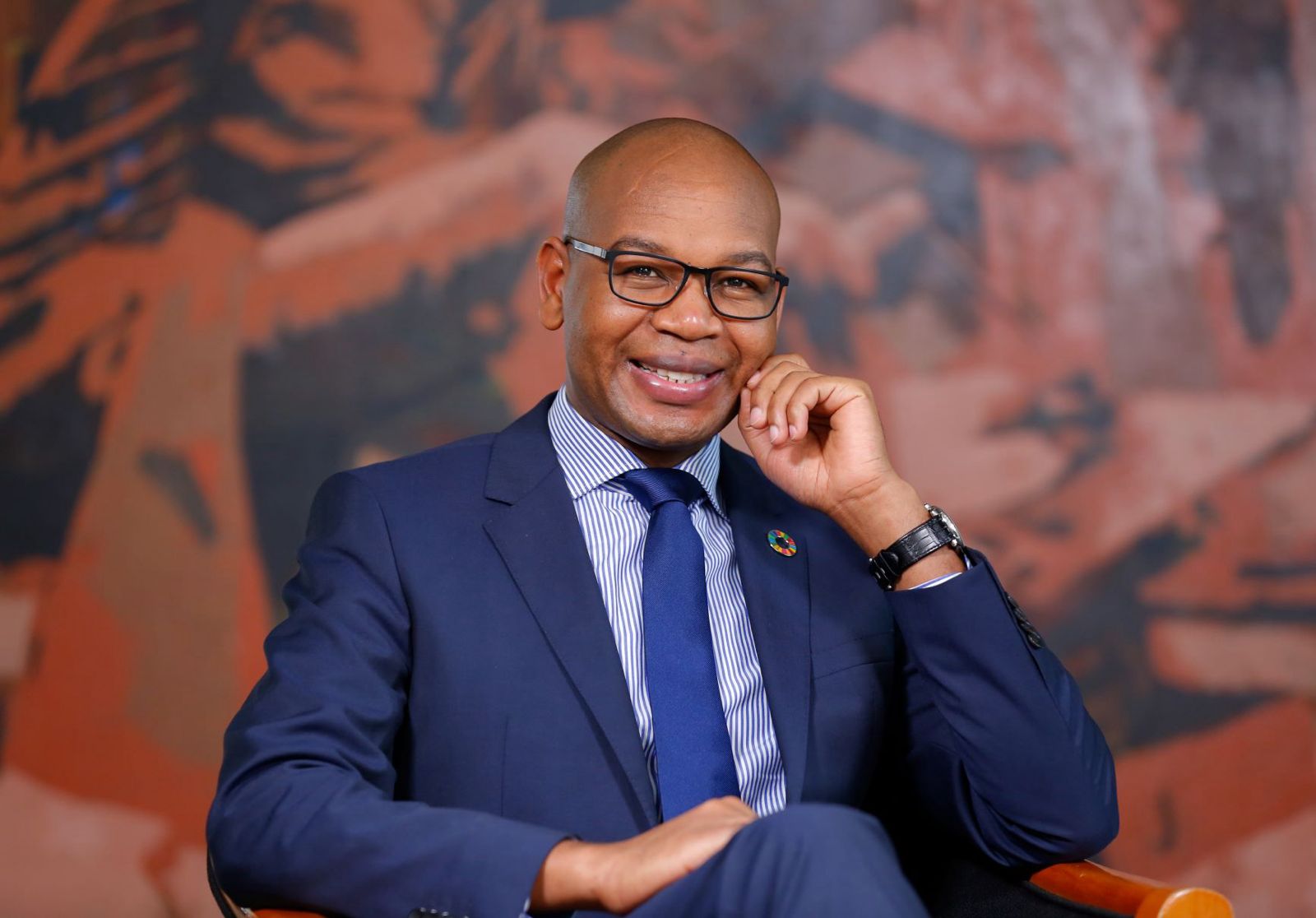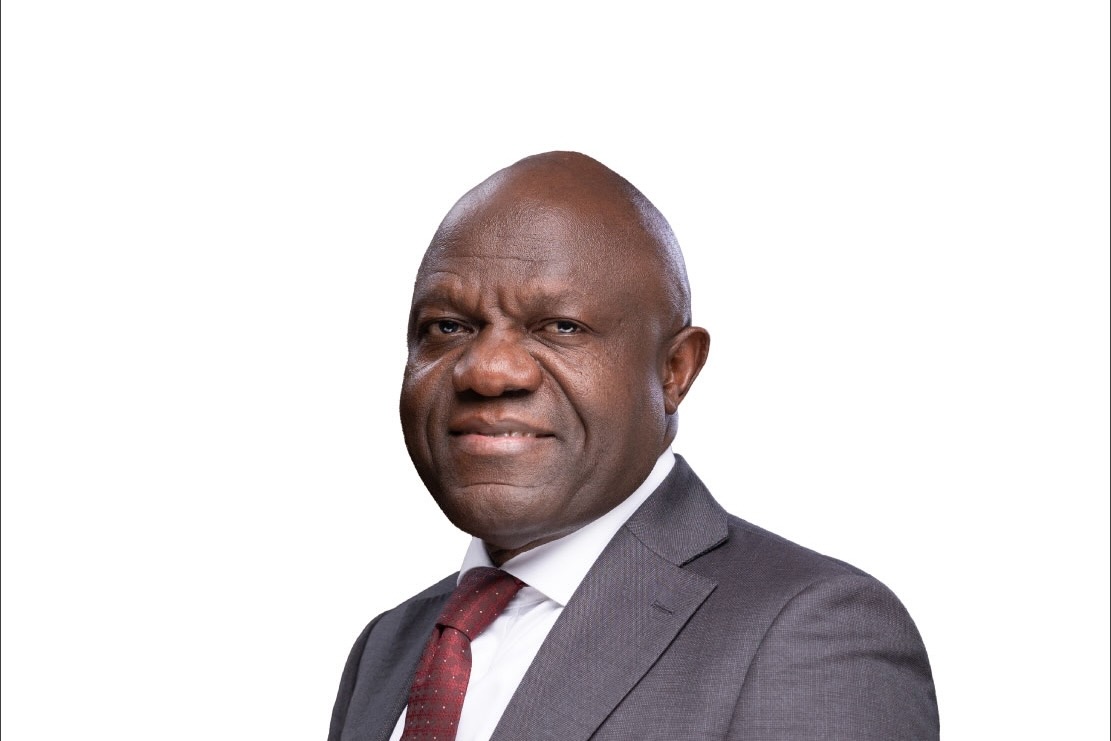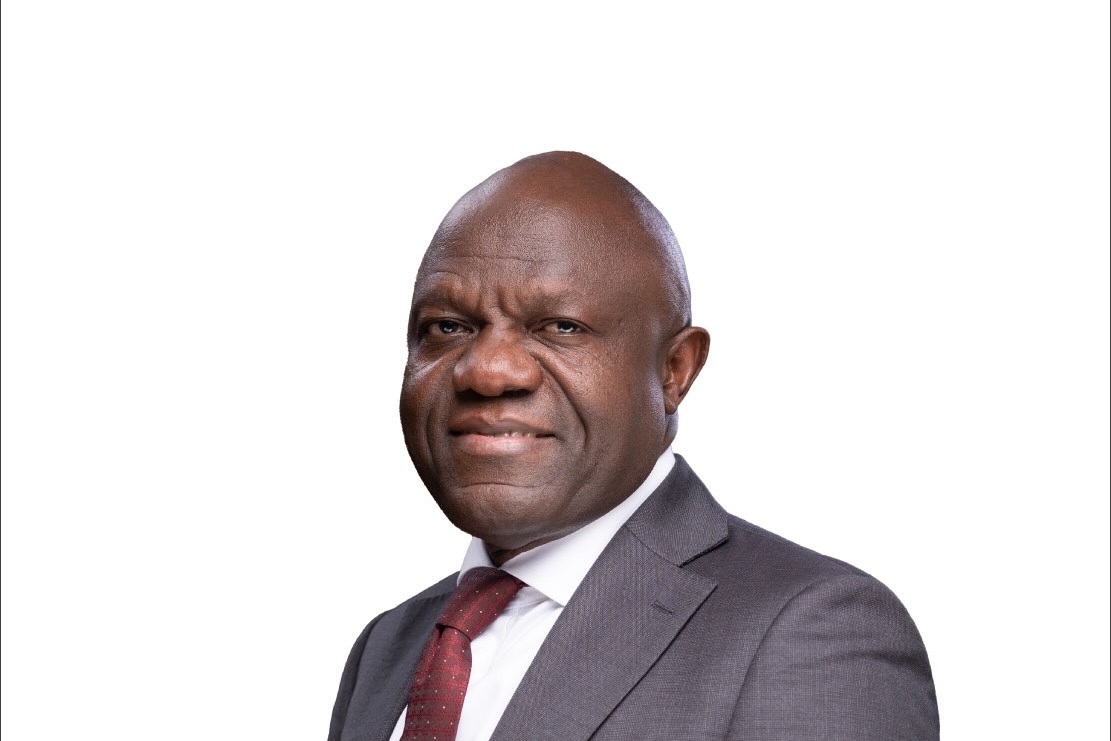What does the UGX 72.1 Trillion budget mean for you? Experts speak out
What does the UGX 72.1 Trillion budget mean for you? Experts speak out

Uganda’s UGX72.1 trillion budget aims for economic transformation, but experts caution success hinges on effective implementation, not just spending.
KAMPALA, Uganda— Uganda’s recently unveiled national budget of UGX72.136 trillion for the 2025-2026 fiscal year aims to transform the nation into a thriving commercial hub, but experts on Friday cautioned that its success hinges on effective implementation and targeted investment.
During a post-budget dialogue hosted by Ernst & Young at the Sheraton Hotel in Kampala, experts dissected the ambitious financial framework presented by Finance Minister Matia Kasaija on Thursday at Kololo Ceremonial Grounds. The budget, themed “Full Monetisation of Uganda’s Economy through Commercial Agriculture, Industrialisation, Expanding and Broadening Services, Digital Transformation and Market Access,” projects domestic revenue to cover about 60% of the total.
Robert Mbaziira, a senior tax manager at Ernst & Young, highlighted the budget’s focus on expanding the tax register, notably through mandatory Tax Identification Numbers (TINs) for all Ugandans starting July 1, 2025.
“The government is making a deliberate move to bring more Ugandans into the tax net,” Mbaziira said, noting that while this broadens the reach, it will include many not actively participating in the money economy, increasing administrative work for the Uganda Revenue Authority (URA).
Mbaziira lauded increased funding for the Uganda Development Bank (UDB) and various wealth creation initiatives. He singled out the additional UGX500,000 for persons with disabilities (PWDs) under the Parish Development Model (PDM), calling it “the biggest positive change.” He also praised increased accountability at the micro-level, with parish chiefs now required to submit annual reports on their local economies.
However, Mbaziira raised concerns about the URA’s new requirement for “groupage” traders to disaggregate their consignments. This move, aimed at ensuring individual traders meet VAT registration thresholds, could lead to a “bloating of the VAT register” and increased administrative burdens for small traders, he said.
He also expressed reservations about the allocation to the agriculture sector, which contributes over 24% to GDP and employs more than 60% of Ugandans, receiving only about 2.5% of the budget. “I personally believe this is on the lower side,” Mbaziira stated, hoping future budgets under NDP IV would prioritize the sector.
Hamza Ssali Mukasa, a senior manager in the Tax Department at Ernst & Young, echoed the sentiment that the budget presents numerous opportunities, but stressed that its success depends on efficient fund disbursement at the grassroots.
Mukasa pointed to significant allocations for the PDM (over UGX1 trillion), the Agriculture Credit Facility (over UGX140 billion), and the UDB recapitalization (over UGX1 trillion). However, she noted that many PDM stakeholders from the previous fiscal year did not receive their allocated funds, urging prompt access this year.
He also critiqued the PDM as appearing more like a “consumption model than a production model,” suggesting that for greater economic impact, the focus should shift to models that facilitate production, such as establishing industries to create jobs for youth.
“Many businesses have faced considerable hurdles in accessing funds despite applying,” Mukasa said regarding the UDB, emphasizing the need to streamline access and disseminate clear information to traders and farmers in rural areas.
Gideon Nkurunungi, CEO of the ICT Association of Uganda, offered a stark assessment of the budget’s allocation to the information and communication technology sector, describing it as “starved and opportunities missed.”
“ICT is left scraping crumbs at ~0.5% (Shs381.75Bn), not the 1.1% some claim,” Nkurunungi asserted, contrasting it with the UGX4.28 trillion (5.9%) allocated to roads. He noted a lack of clear funding for critical ICT infrastructure beyond a “5,000km fiber” promise.
Nkurunungi challenged official internet penetration figures, citing Uganda Communications Commission (UCC) data suggesting closer to 28% (11 million users) and around 6 million unique users when accounting for dual-SIM users. He added that last year, ICT funding hovered between 0.1-0.3%, calling this year “no better.” He expressed concern that bundling ICT under ATMIS could dilute its priority, questioning why UCC’s data on low smartphone penetration (22%) and infrastructure gaps are being ignored.
“Digital transformation needs bold investment in broadband, devices, and literacy NOW,” Nkurunungi urged.
Finance Minister Kasaija, in his budget address, highlighted a projected 7% GDP growth rate and a rise in per capita income to US$1,324 in FY2025-2026, moving Uganda closer to middle-income status. He outlined plans to boost domestic revenue, curb smuggling, address graft at URA, and use digital tools like the Electronic Fiscal Receipting and Invoicing System to improve compliance.
Key sectors received notable allocations, with health receiving UGX5.87 trillion, education UGX5.04 trillion, and economic empowerment initiatives, including PDM, Emyooga, and UDB, UGX2.43 trillion. The budget also dedicated UGX1.86 trillion to agro-industrialization, UGX875.8 billion to energy and mineral development, and UGX430 billion to tourism, with an additional UGX2.2 trillion supporting related infrastructure.



Budget Critics: PDM won’t boost Uganda’s economy
Next Post
Ugandan scientists offer solution to global food waste

Ugandan scientists offer solution to global food waste
Source: PML Daily
Share this content:




Post Comment